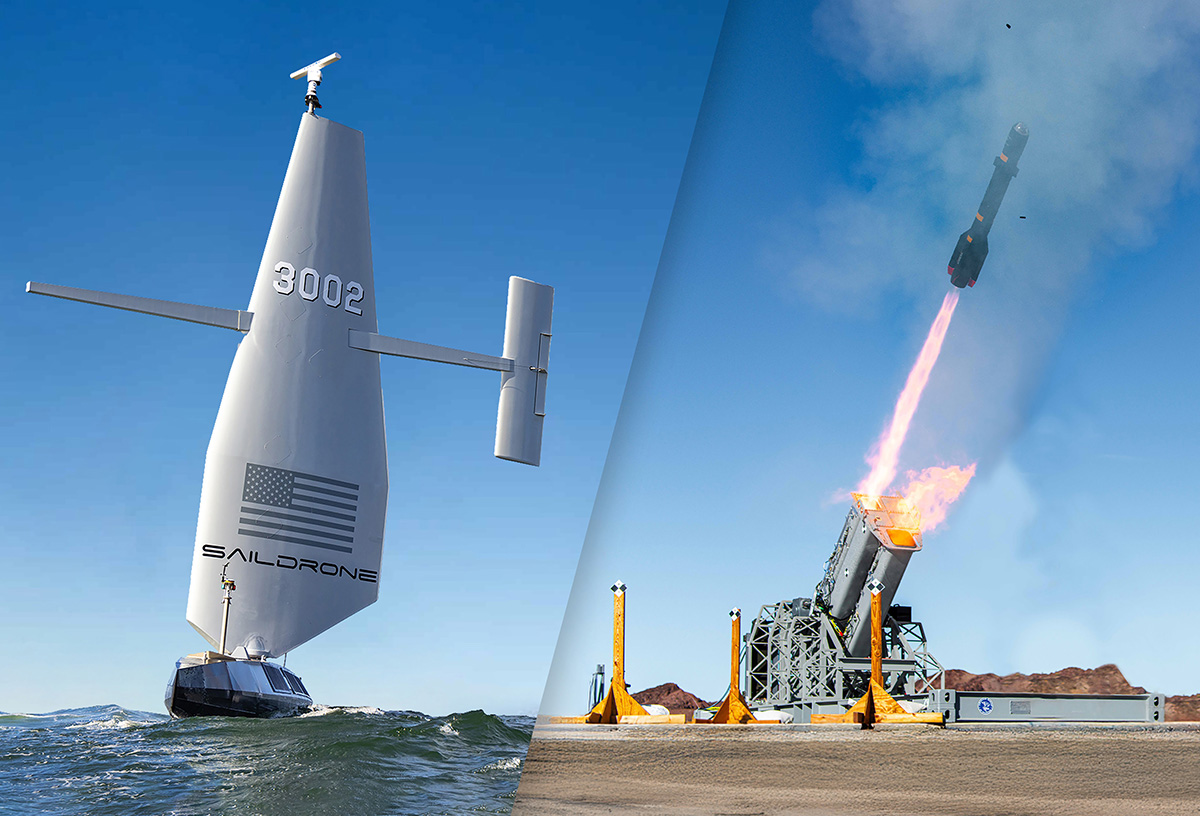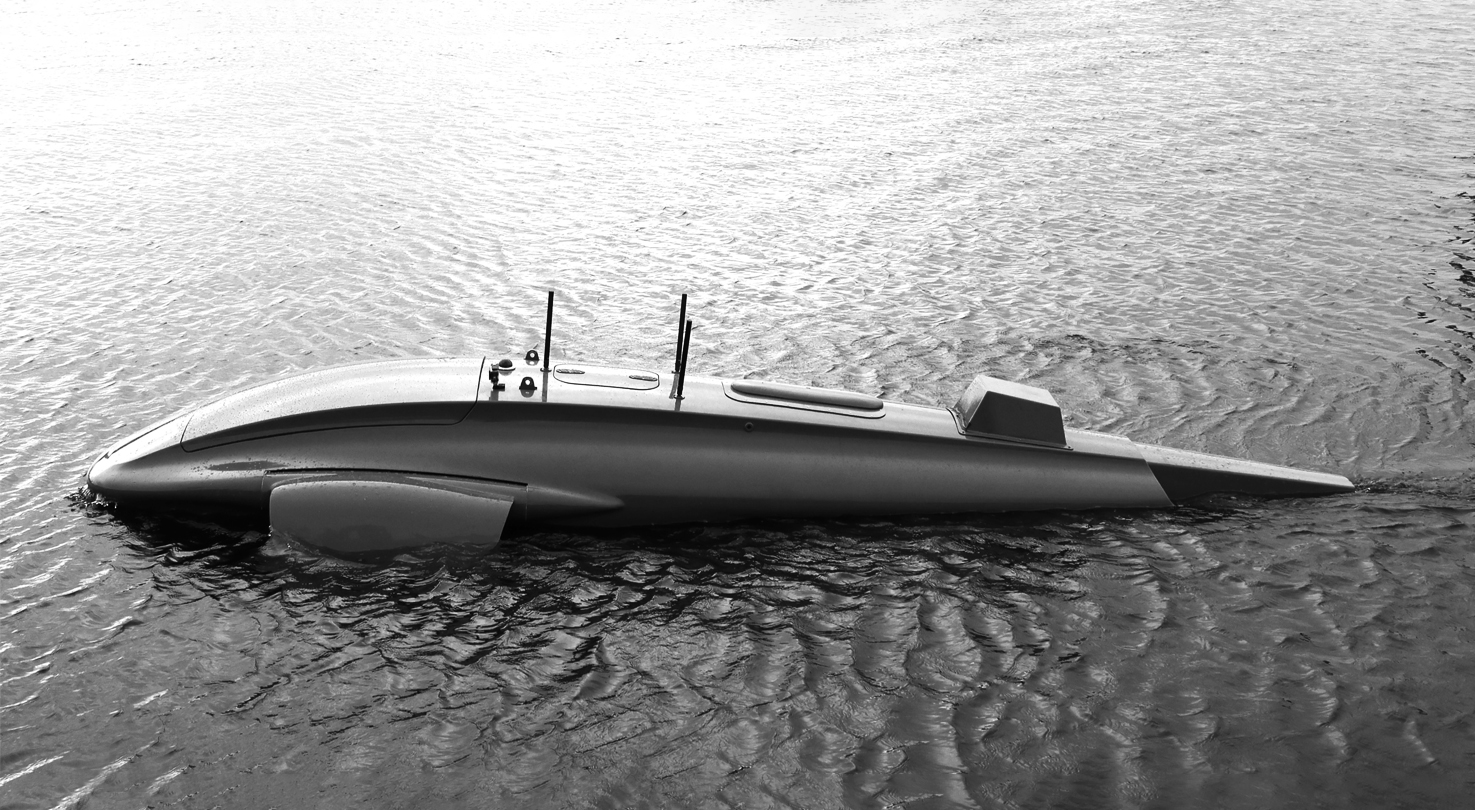Zelenskyy’s co-production agreements across the continent are kindling the fires of the naval defence industry.

www.aljazeera.com
Drones for everyone is not new.
But this is new.....
3-D printing hulls from a rock composite that can contain a lithium fire, resists abrasion from groundings and collisions and can yield bulletproof fuel tanks.
"Representatives of Greece’s largest shipyard, Skaramangas, plan to be among those travelling to Ukraine to discuss co-production deals.
"“We are developing a small unmanned reconnaissance craft and a larger, 12-metre unmanned craft with heavy weaponry,” Skaramangas Shipyards chief Miltiadis Varvitsiotis told Al Jazeera. “These are going to be made of composite materials, possibly carbon fibre, which we have developed extensively, but we are also looking into other materials.”
"Those other materials could perhaps come from the UK, where a startup, Expedition Zero, has patented a process to turn volcanic rock into boat hulls by creating a compound out of the silicon in the rock and resin. It calls the product EcoMinera because it was originally developed as an eco-friendly, recyclable alternative to fibreglass.
"Expedition Zero builds 12-metre catamarans and has built a prototype 20-metre ocean-going sailing vessel. But EcoMinera’s properties now appear applicable to military uses as well. The material resists abrasion better than steel, so a hull made of it can survive groundings and collisions, and since it melts at volcanic temperatures of 1,500C (2,732F), it can be used to bulletproof fuel tanks and fireproof lithium batteries.
"“We’ve already had discussions with companies that said, ‘If you can give us a product that will contain a lithium fire on a yacht, we’ll buy it from you tomorrow’,” Expedition Zero boss Andrew Cowen told Al Jazeera.
"“We’re talking to a group in the UK already about an application for an underwater autonomous vehicle … It could easily have a military application as well, because a lot of these vehicles operate in harsh environments.”"











